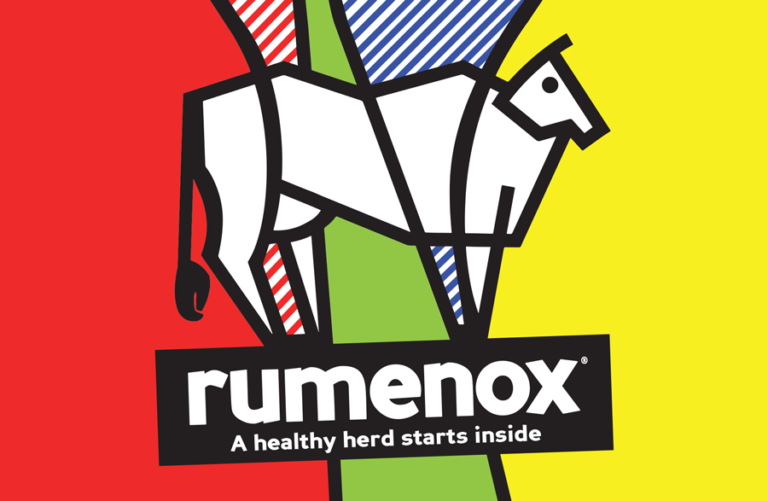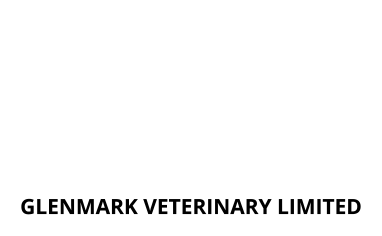The silent impact on in-calf rates
One of the most widespread diseases preventing cows getting in calf in New Zealand is subclinical ketosis. There is no doubt it is impacting farms across our region, with 75% of cows within our herds falling victim in spring*.
Subclinical ketosis is a ‘silent disease’ that cannot be seen visually but quietly exists, robbing cows of energy and compromising their performance and health.
Recent NZ studies of subclinical ketosis revealed a staggaring
7%
More farmers are turning to Rumenox®
Although good feed management and achieving optimum body condition scores can help, more farmers are turning to Rumenox® to avoid ketosis so cows are better able to get in calf.
Administering through water or feed at calving to the end of mating is recommended. Rumenox® is, however, also widely used throughout full lactation for controlling pasture bloat.
*Data from 2016 DairyNZ and Lincoln University Dairy Farm study
**Study by Compton et al
Share:
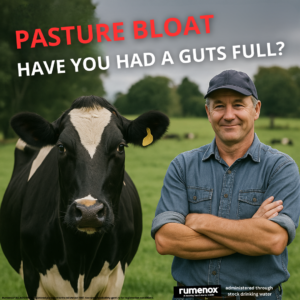
Pasture Bloat – Losing just one cow can cost over $6,000
Pasture bloat is one of the costliest diseases that face the NZ dairy industry. Even with only a small number of cases, a combination of
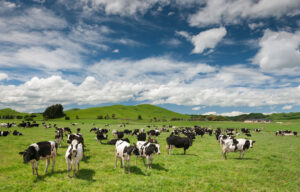
Understanding ketosis in New Zealand dairy cows: causes, symptoms, diagnosis, and treatment
Ketosis is a common metabolic disease that affects New Zealand dairy cows, particularly during early lactation. Learn about ketosis and how to treat it.
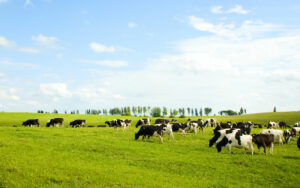
Monensin. The active ingredient in Rumenox.
Rumenox® is the market leading form of monensin in New Zealand. It is available in two forms
